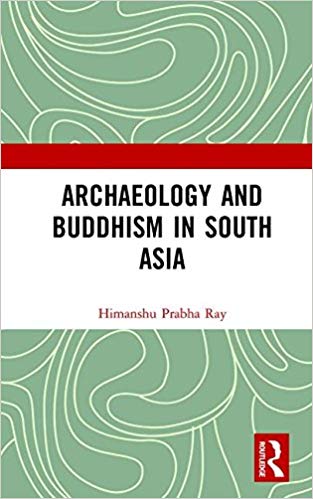We have in recent years come across a spate of publications relating Archaeology to Religion, be it Buddhism or Brahmanical, and Archaeology of Buddhism has particularly been studied. I can immediately refer to a recently published collection of essays edited by Sanjay Garg called Archaeology of Buddhism: Recent Discoveries. Way back in 2002, an insightful essay on Archaeology of Buddhism was written by Robert Conningham in the volume called Archaeology and World Religion, edited by Timothy Insoll. One is aware now that the study of Buddhism based only on texts will be deeply flawed without reference to archaeology. The identification of archaeological correlates (i.e., religious architecture, clay tablets, ritual deposits, icons and symbols, etc.) that can be used to define ancient ritual practices and help in the process of reconstructing modes of religiosity is of fundamental importance. The spread of Buddhism in the early years of the common era resulted in the circulation of new types of objects between South Asia, Southeast Asia and China. Among these, first and foremost were images of the Buddha and Buddhist divinities. The second were objects used in Buddhist rituals and third were texts. The purpose of the book by Himanshu Prabha Ray is to enhance our understanding of the role of archaeology to unravel the history of Buddhism in South Asia. Indeed archaeology helps define a context for relic and image worship, the two major facets of Buddhism and as the author says, the book is an ‘attempt to contextualize Buddhist religious architecture within its cultural landscape’(p. 16).
The book is divided into five chapters along with an introduction. Historiography dominates the introduction and there are several subsections like Buddha as a social reformer, the image of the Buddha, Buddhism in the writing of the socio-economic history of India, archaeology of Buddhist sites that form a part of the section on historiography.

